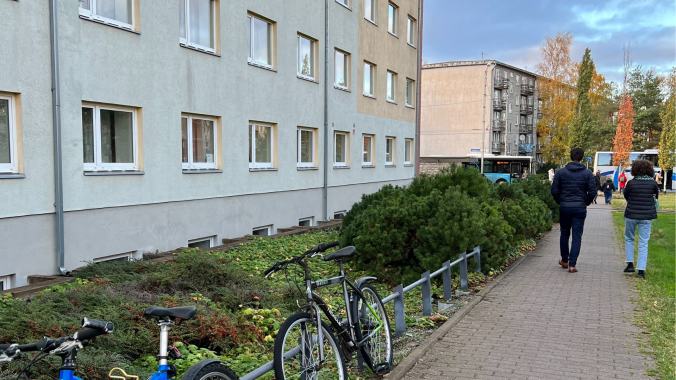The new buildings directive can be a driver for green, fair communities but must be tweaked to achieve this goal
First reaction of Housing Europe right after the European Parliament energy committee vote
Brussels, 9 February 2023 | Published in Energy, Future of the EU & Housing
The European Parliament’s Committee on Industry, Research and Energy (ITRE) has today finalised its new Energy Performance of Buildings Directive (EPBD). The law will be yet another of a wide range of EU policies that have an indirect impact on national housing policies and as such must reflect the very different realities and measures needed to reduce carbon emissions while maintaining affordability. While the Parliament’s text proposed today has made some room for local divergencies in climate, the text shows that the ITRE Committee still underestimates the risks of pushing through obligations without thinking through the implications.
The ambition of the EU’s Affordable Housing Initiative – part of the Renovation Wave – is to provide local actors with essential technical and innovation capacity. As part of this Initiative, the most successful examples of social and affordable housing renovations are being gathered and examined to check what were the features that allowed them to couple green transition with social inclusion. The lessons learnt so far are that success requires sufficient financing and integrated planning. The best projects consider not only the energy performance of the building envelope and the best case-by-case intervention but also the local energy resources for the decarbonisation of heating and cooling systems, the socio-economic situation of the residents, and their demand for better and affordable general housing conditions.
“The Parliament’s proposal however does not adequately consider the demand for better and affordable general housing conditions. It calls for a fast-tracked phasing out of buildings classed E, F, or G, underestimating the lessons learnt from the achieved success so far and showing a risk of renovations lacking quality, further increased rents, and cost of living for residents. It also presents for some countries a risk of clashes with effective national legislation and disruption for building owners, renovation companies, and investors already at work who rely on a stable regulatory framework,” the President of Housing Europe, Bent Madsen said right after the text was adopted.
EU policymakers can seize the opportunity to improve the EPBD proposal, the results of which will be with us for many years. They can align it to the New European Bauhaus ambition to have beautiful and sustainable affordable neighbourhoods. The upcoming trialogue between the European Parliament, European Commission, and the Council of Ministers can still ensure that the EU rules while providing a clear direction and helping to mobilise the up-front finance needed, can also allow local actors to devise the optimal path to make housing a real driver for fairer communities and a greener future.
For Housing Europe's position on EPBD, get in touch with Julien Dijol.
For press inquiries, contact Diana Yordanova.